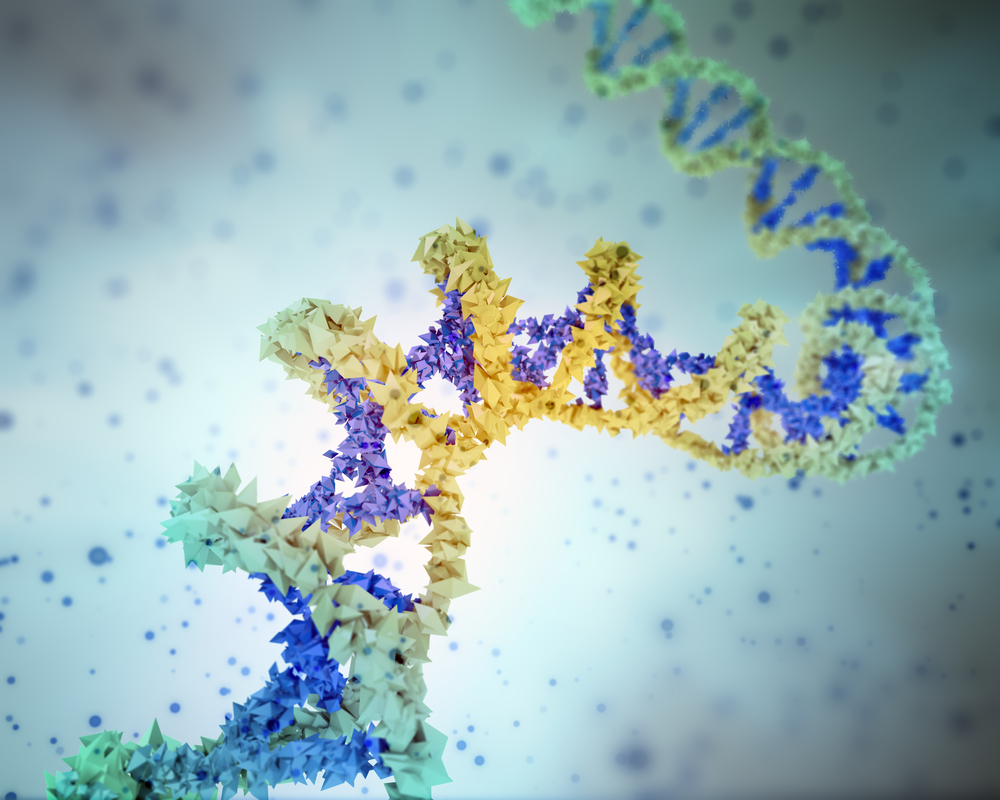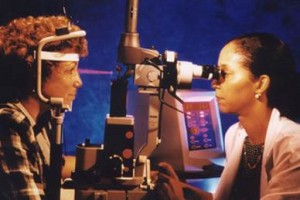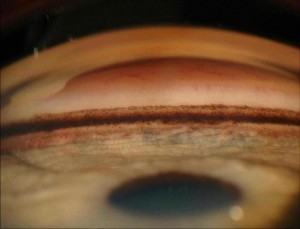10/2/14
The Relationship Of Coffee And Glaucoma
Research shows that drinking caffeinated beverages, especially coffee, causes eye pressure to go up, even just one cup of coffee. The effect is highest in glaucoma patients and people at risk for glaucoma. However, eye pressure goes up only a small amount, so it is probably not a significant risk.

In some people, though, too much coffee may be causing damage. In people at risk for exfoliation glaucoma (a type of open angle glaucoma where some flake-like deposits are seen on the lens of the eye), drinking three or more cups of caffeinated coffee was associated with an increased risk of developing exfoliation glaucoma. The effect was strongest in women with a family history of glaucoma. This study doesn’t show that coffee causes glaucoma, but does suggest that drinking three or more cups of caffeinated coffee might not be good for your eyes.
One group of scientists applied caffeine eye drops directly on to healthy eyes, and they did not see any increase in eye pressure. This suggests that caffeine doesn’t appear to have a direct effect.
How can you best protect your eyes? Consider going decaffeinated or limit your caffeine consumption. If you are at higher risk for glaucoma or have been diagnosed, be sure to have regular comprehensive dilated eye exams, use medications as directed and see your eye care provider as scheduled.
For more information about glaucoma, visit www.nei.nih.gov/glaucoma.
References
The effect of caffeine on intraocular pressure: a systemic review and meta-analysis. Li M, Wang M, Guo W, Wang J, Sun X. Graefes Arch Clin Exp Ophthalmol 2011. 249(3):435-42.
Effect of caffeine on the intraocular pressure in patients with primary open angle glaucoma. Chandra P, Gaur A, Varma S. Clin Ophthalmol 2011. 5:1623-9.
The relationship between caffeine and coffee consumption and exfoliation glaucoma or glaucoma suspect: a prospective study in two cohorts. Pasquale LR, Wiggs JL, Willett WC, Kang JH. Invest Ophthalmol Vis Sci 2012. 53(10):6427-33.
Effects of caffeinated coffee consumption on intraocular pressure, ocular perfusion pressure, and ocular pulse amplitude: a randomized controlled trial. Jiwani AZ, Rhee DJ, Brauner SC, et al. Eye 2012 26(8):1122-30.
 Jullia A. Rosdahl, MD, PhD
Jullia A. Rosdahl, MD, PhD
National Eye Health Education Program Glaucoma Subcommittee
Duke Eye Center, Duke University




